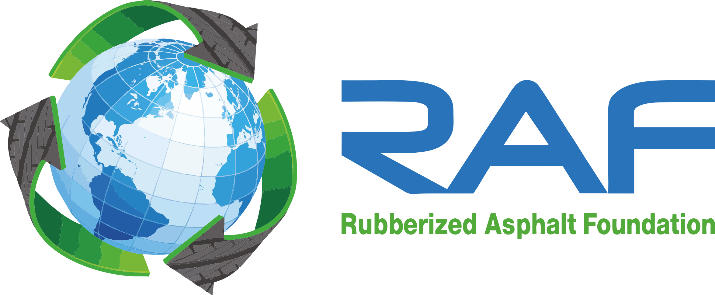Asphalt-rubber (AR) as a seal coat or stress absorbing membrane interlayer (SAMI) has been successfully used in the United States of America (USA) for over 40 years to primarily reduce reflective cracking. Furthermore, AR has been effectively used for over 20 years as an overlay surfacing to reduce the following: reflective cracking, maintenance, splash and spray, and tire/pavement interface noise. AR binder is a mixture of 80 percent hot asphalt (bitumen) and 20 percent ground scrap tire crumb rubber. AR has been used as a seal coat / SAMI, gap-graded and open-graded hot mixes for many decades in the USA and more recently in countries around the world such as Portugal, Spain, Italy, Sweden, and China to name a few. AR, like any other binder material (i.e. in any form it may be used) is subject to concerns early in the life of the pavement potentially associated with placement and early traffic related issues. For instance, a few problems could be loss of stone chips (in the case of seal coats); segregation, flushing, bleeding, raveling, moisture damage (stripping), and rutting in the mixes. This paper documents a handful of mitigation strategies to address these rather uncommon surface related anomalies. Mitigation strategies include proper care in the mix design, manufacture and placement of the pavement surfaces. Furthermore, this paper reviews examples of a few challenges associated with the placement of AR mixes, and presents practices, procedures and hints that will help prevent the rare occurrences of such premature difficulties.
